
Languages, culture, history and more.
Support me:
https://t.co/EtMLnoKknV
To reach out: bhaashaakosh@gmail.com
How to get URL link on X (Twitter) App


 (marked with blue on map) where castes like Jats, Gujjars, Sainis, Bamans, Chamars, Chuhras, etc. lived an agricultural life were in the areas the British deemed as Central Delhi. They were asked to sell their lands to the govt. where they lived and farmed.
(marked with blue on map) where castes like Jats, Gujjars, Sainis, Bamans, Chamars, Chuhras, etc. lived an agricultural life were in the areas the British deemed as Central Delhi. They were asked to sell their lands to the govt. where they lived and farmed.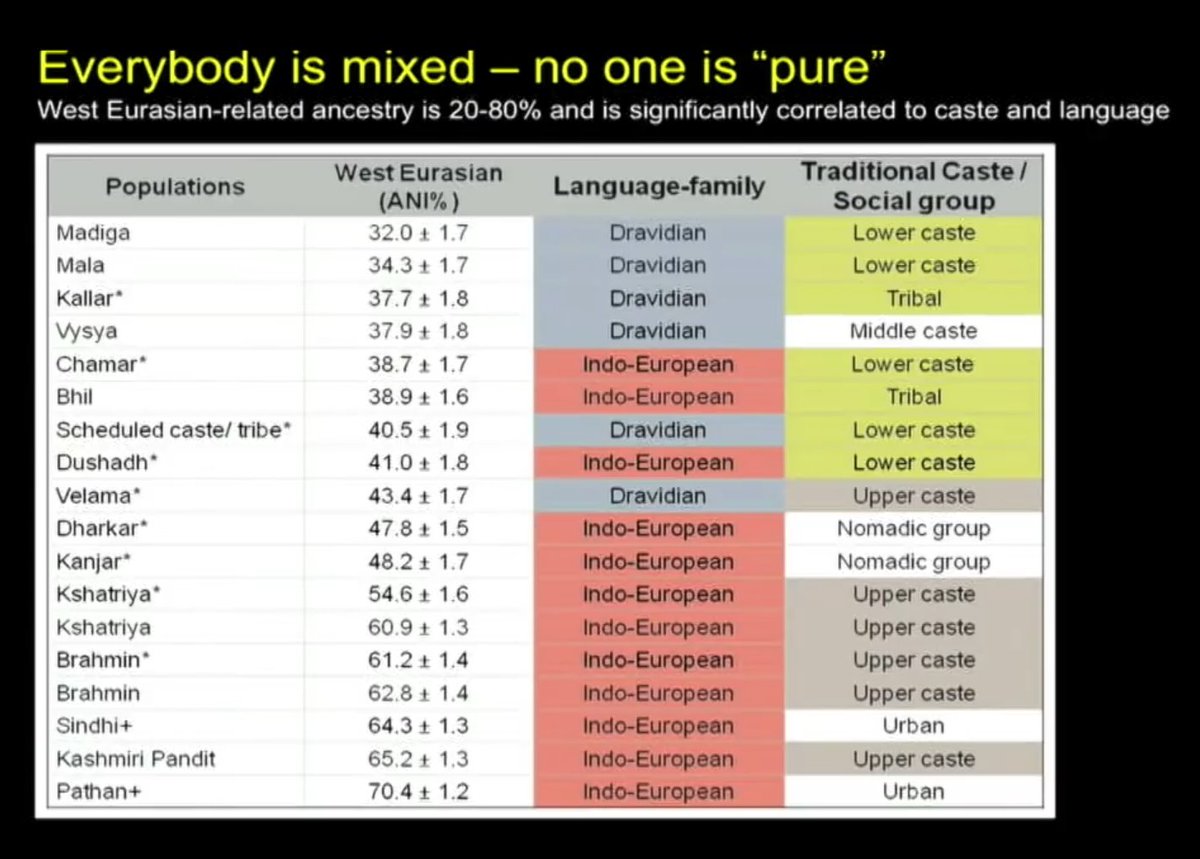
 a caste hierarchy got established where people with greater ancestry from these migrants occupied the top of the caste hierarchy while those with lesser ancestry from these migrants found themselves at the lower rungs of the hierarchy. It is these West Eurasian migrants...
a caste hierarchy got established where people with greater ancestry from these migrants occupied the top of the caste hierarchy while those with lesser ancestry from these migrants found themselves at the lower rungs of the hierarchy. It is these West Eurasian migrants...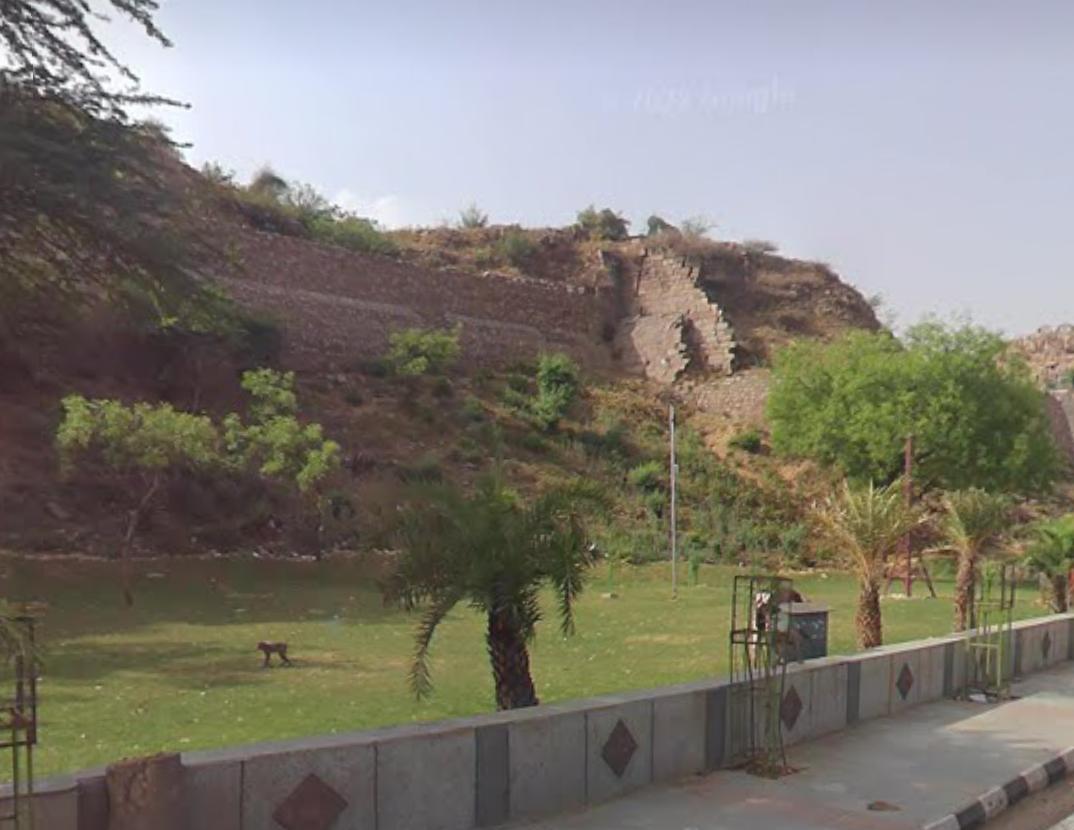

 2)The Sanskrit word भ्रष्ट्रपूरा* (frying pan/ oven cake) evolved into भटूरा, a popular delicacy in states like Punjab and a stuffed yeast fermented variant called भटूरू in areas like Kullu in Himachal Pradesh.
2)The Sanskrit word भ्रष्ट्रपूरा* (frying pan/ oven cake) evolved into भटूरा, a popular delicacy in states like Punjab and a stuffed yeast fermented variant called भटूरू in areas like Kullu in Himachal Pradesh. 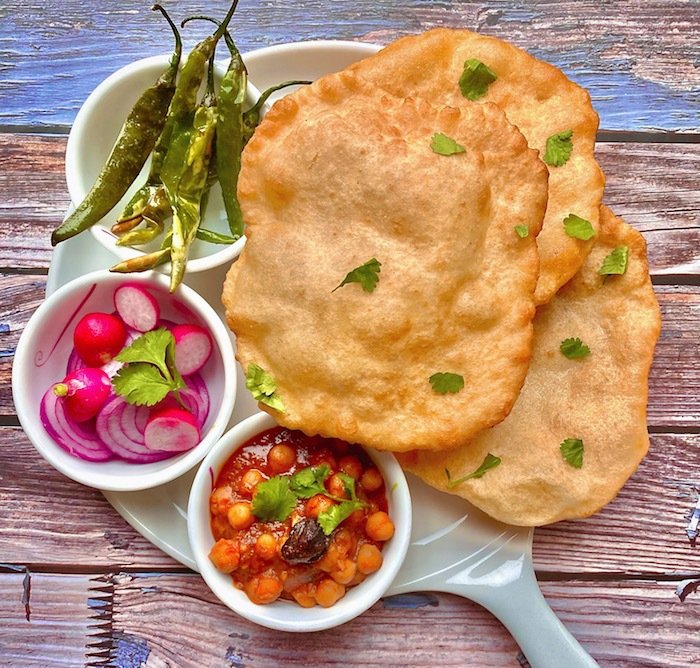
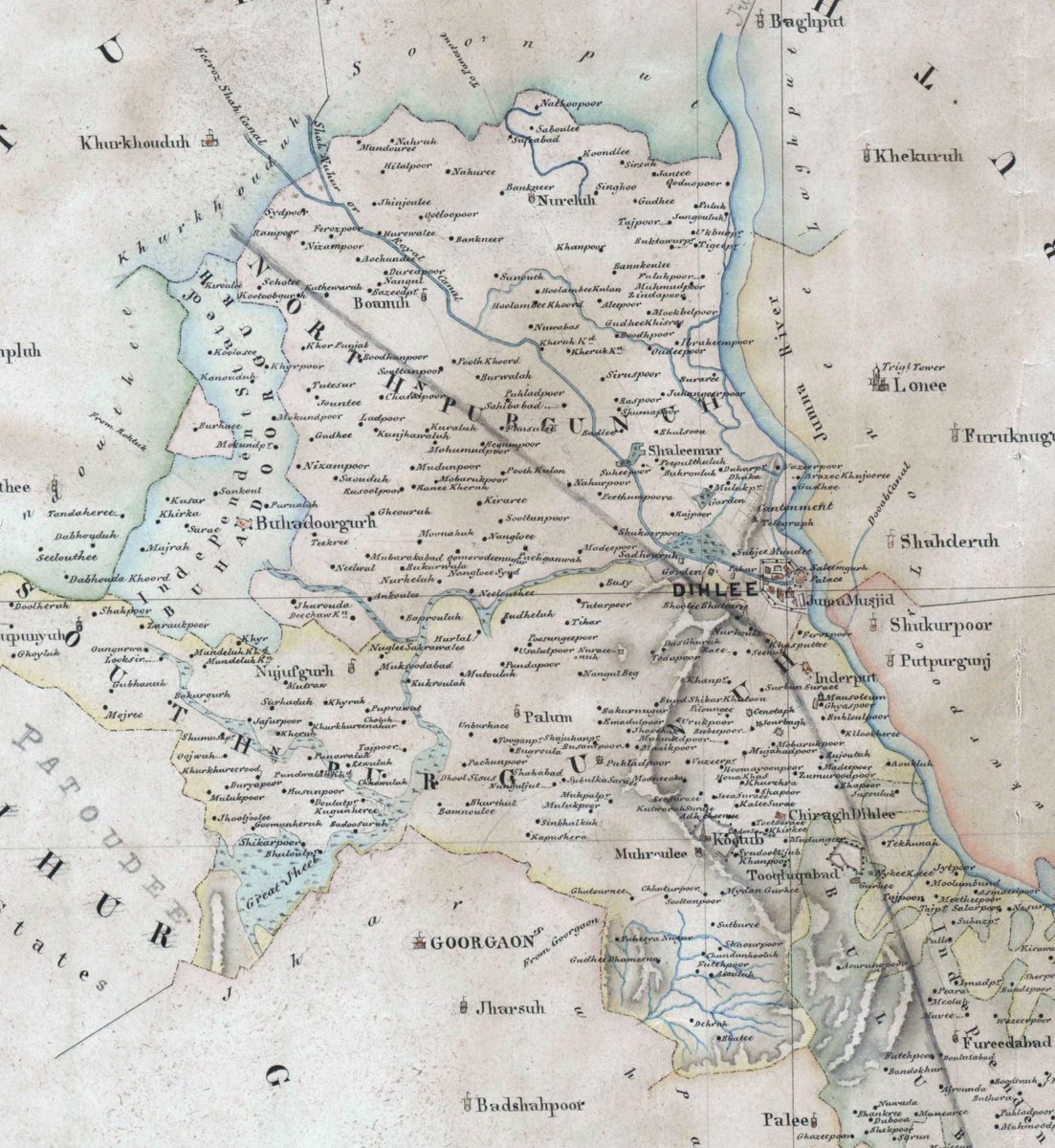
 After the Partition, Refugee colonies sprung up on the farmland and commons of many villages mentioned in the map. Some bore the names of freedom fighters, like Lajpat Nagar, Patel Nagar, Rajendra Nagar. Punjabi Bagh is another example of a refugee colony.
After the Partition, Refugee colonies sprung up on the farmland and commons of many villages mentioned in the map. Some bore the names of freedom fighters, like Lajpat Nagar, Patel Nagar, Rajendra Nagar. Punjabi Bagh is another example of a refugee colony.
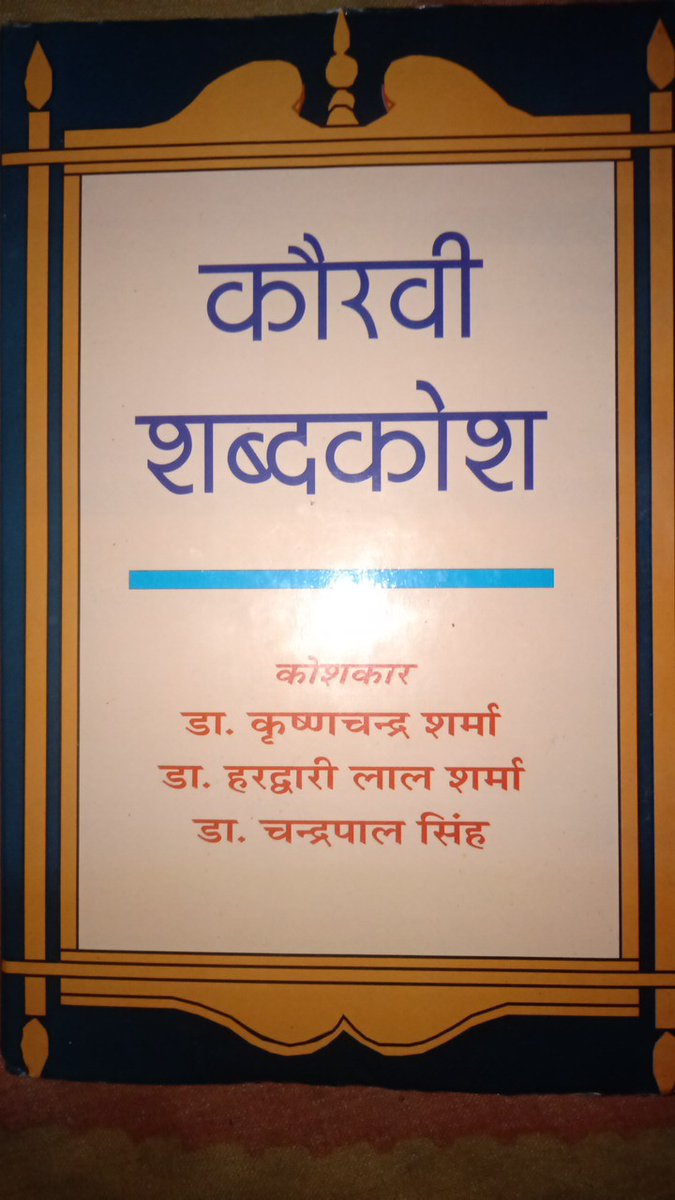

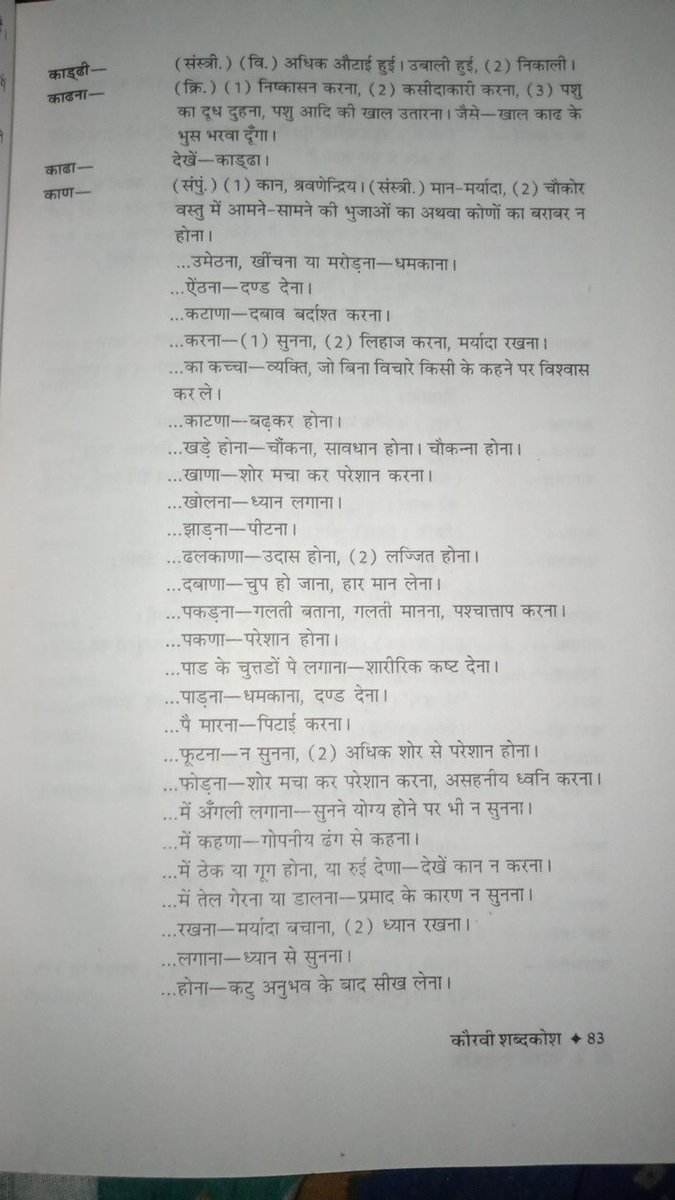 The Kauravi language is spoken in Uttar Pradesh, Uttarakhand and Delhi in the districts of Dehradun, Haridwar, Saharanpur, Shamli, Muzaffarnagar, Bijnor, Meerut, Baghpat, Ghaziabad, Hapur, trans Yamuna and some parts of South, Central and North Delhi (Okhla, Khirki, Patparganj..
The Kauravi language is spoken in Uttar Pradesh, Uttarakhand and Delhi in the districts of Dehradun, Haridwar, Saharanpur, Shamli, Muzaffarnagar, Bijnor, Meerut, Baghpat, Ghaziabad, Hapur, trans Yamuna and some parts of South, Central and North Delhi (Okhla, Khirki, Patparganj..